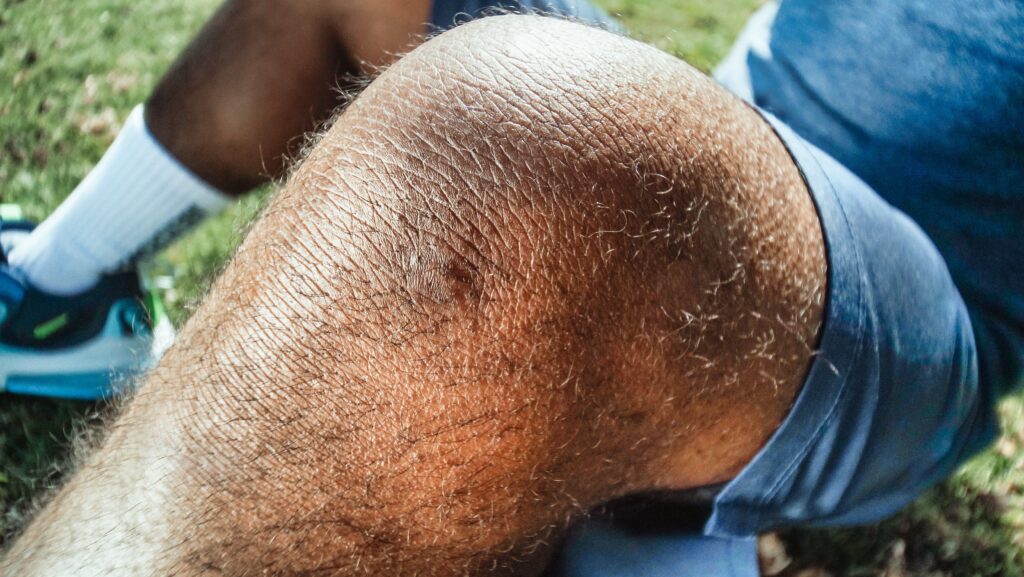Physical Therapy for Meniscus Tear: Recovery, Exercises, and Injury Prevention
Introduction
Are you suffering from a meniscus tear? Physical therapy can be an effective treatment for this injury. It is important to work with a physical therapist in order to find the right exercise program that works best for your individual needs and goals. Therapies such as stretching, strengthening exercises, balance activities, and modalities can help improve flexibility for a better range of motion and reduce pain associated with the injury. In this article, we will discuss what to expect when receiving physical therapy for a meniscus tear, along with types of exercises that may be recommended by your therapist and how long recovery takes. We will also explore how physical therapy can prevent re-injury.
What to Expect at Physical Therapy
When you visit a physical therapist after a meniscus tear, they will first perform an assessment. This evaluation will include asking questions about your medical history, specific symptoms, and what activities you are restricted from doing due to the injury. The physical therapist may also look at how you move, as well as check for any muscle imbalances or weaknesses in the area of the injury. After this initial assessment, the physical therapist will put together a treatment plan that is tailored to your individual needs and goals.
The treatment plan may include stretching exercises to increase flexibility for a better range of motion. Strengthening exercises can help improve muscular endurance and power around the joint. Balance activities may be prescribed to reduce the risk of falls and injuries related to stability deficits associated with the meniscus tear. Your therapist may also use modalities such as ice or heat to reduce inflammation and pain.
What Types of Exercises You Might Do
Your physical therapist will give you exercises to do at home in order to continue the progress made during physical therapy appointments. Some exercises that you may be given include:
Leg press – To strengthen the quadricep muscles, which help support the knee joint
Wall squats with band resistance – Helps increase strength and stability for a better range of motion around the knee joint
Step ups – Strengthens the gluteal muscles and increases coordination when changing levels
Calf raises – Improves muscular endurance in your calf muscle, which helps support the ankle joint during activities
Clamshells – Strengthens the gluteus medius muscle to improve the stability of your hip, which is important for knee stability and walking
Standing hip abduction with band resistance – Increases muscular endurance in the glutes to help support your hip when walking or running
How Long Recovery Takes
The amount of time it takes for you to recover from a meniscus tear will vary. It can take anywhere from days to months depending on how severe the injury is. Typically, people who have had surgery require longer periods of recovery compared to those that don’t need surgery. The length of physical therapy treatment needed also depends on how severe the injury was initially as well as how compliant you are with your home exercise program.
How Physical Therapy Prevents Re-Injury
Physical therapy can help to reduce the risk of re-injury by helping to increase strength, balance, and stability around the affected area. Your physical therapist will provide exercises focusing on these areas in order to help you stay active without having to worry about re-injuring yourself. They may also teach you, proper body mechanics, when performing activities of daily living or sports-specific activities so that you can do them safely and effectively.
Conclusion
Physical therapy is an important part of recovering from a meniscus tear as it helps to improve the range of motion, strength, coordination, balance, and stability around the knee joint. It can also reduce inflammation and pain, and improve function. Your physical therapist will guide you through a safe exercise program that is tailored to your individual needs so that you can return to full activity as quickly and safely as possible.

